By Sportsbook
- 1xBet Promo Code
- 888sport Promo Code
- bet365 Bonus Code
- BET99 Promo Code
- BetMGM Bonus Code
- BetRivers Bonus Code
- Betway Bonus Code
- Borgata Promo Code
- Caesars Sportsbook Promo
- DraftKings Promo Code
- ESPN BET Promo Code
- Fanatics Sportsbook Promo
- FanDuel Promo Code
- Hard Rock Bet Promo Code
- NorthStar Bets Promo Code
- Sports Interaction Promo
- Stake Promo Code
- TonyBet Promo Code
By Region
- Arkansas Promos
- Arizona Promos
- Colorado Promos
- Connecticut Promos
- DC Promos
- Illinois Promos
- Indiana Promos
- Iowa Promos
- Kansas Promos
- Kentucky Promos
- Louisiana Promos
- Maine Promos
- Maryland Promos
- Massachusetts Promos
- Michigan Promos
- Missouri Promos
- New Jersey Promos
- New York Promos
- North Carolina Promos
- Ohio Promos
- Pennsylvania Promos
- Tennessee Promos
- Vermont Promos
- Virginia Promos
- West Virginia Promos
- Wyoming Promos
Legal States
- US Legal Tracker
- Revenue Tracker
- Arizona
- Arkansas
- California
- Colorado
- Connecticut
- DC
- Florida
- Georgia
- Illinois
- Indiana
- Iowa
- Kansas
- Kentucky
- Louisiana
- Maine
- Maryland
- Massachusetts
- Michigan
- Mississippi
- Missouri
- Nevada
- New Hampshire
- New Jersey
- New York
- North Carolina
- Ohio
- Oregon
- Pennsylvania
- Tennessee
- Texas
- Vermont
- Virginia
- West Virginia
- Wyoming
By Sportsbook
- 1xBet Promo Code
- 888sport Promo Code
- bet365 Bonus Code
- BET99 Promo Code
- BetMGM Bonus Code
- BetRivers Bonus Code
- Betway Bonus Code
- Borgata Promo Code
- Caesars Sportsbook Promo
- DraftKings Promo Code
- ESPN BET Promo Code
- Fanatics Sportsbook Promo
- FanDuel Promo Code
- Hard Rock Bet Promo Code
- NorthStar Bets Promo Code
- Sports Interaction Promo
- Stake Promo Code
- TonyBet Promo Code
By Region
- Arkansas Promos
- Arizona Promos
- Colorado Promos
- Connecticut Promos
- DC Promos
- Illinois Promos
- Indiana Promos
- Iowa Promos
- Kansas Promos
- Kentucky Promos
- Louisiana Promos
- Maine Promos
- Maryland Promos
- Massachusetts Promos
- Michigan Promos
- Missouri Promos
- New Jersey Promos
- New York Promos
- North Carolina Promos
- Ohio Promos
- Pennsylvania Promos
- Tennessee Promos
- Vermont Promos
- Virginia Promos
- West Virginia Promos
- Wyoming Promos

























